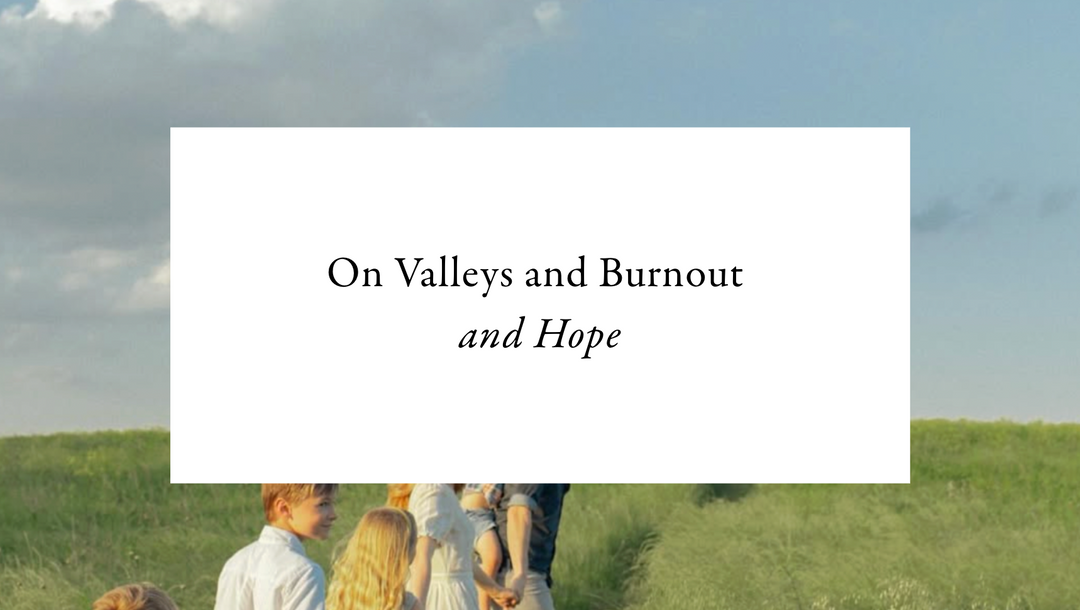What is narration?

What is narration?
After each history reading or read-aloud that's part of our homeschool, I encourage both of our children (ages 6 and 8) to narrate. If you're new to homeschooling - or to Charlotte Mason's philosophy - narration may be an unfamiliar concept. Narration isn't exclusively a Charlotte Mason concept, but it is foundational to a Charlotte Mason education.
Simply stated, narration is telling back in your own words what you've just read or heard. It is a simple but incredibly powerful tool that helps students process what they've just heard or read and allows the teacher (you!) to evaluate their level of understanding. Narrating can be done in many ways, including speaking, writing, drawing, building, or acting out. For younger children, it's best to start with oral narration and then move on to other forms as they become more adept.
Here's how we do it: Once I've finished reading aloud, I ask my children to tell me all they can remember about what was just read. Right now, if they're narrating the same text, our daughter (age 6) goes first and says a few sentences about what she learned. Then our son (age 8) fills in more details. They should use their own words, including their opinions or any connections they may have made with things they've learned before. There's no need to quiz them on specific facts or dates. Just let them talk.
This might sound like an easy task, but if you try it for yourself, you'll find it actually requires quite a bit of concentration and skill. While your child is talking, be sure to give your focused attention. I try to make sure our younger two are settled and will not interrupt. Sometimes that means we read aloud and talk about what we read during nap time.
Narration takes time to build, so don't get discouraged if it feels awkward at first. (It probably will!) Over time, you'll see what an incredible tool it is. Our 8-year-old can now recall, process, and share fluidly. Today he told me the story of Joseph in such exquisite detail I had to go back to the text to make sure the facts were correct. (They were.) He has progressed so much in this in the last year that we've been doing it.
I should also mention this: I'm not sure I've ever used the word "narrate" around my kids. They know that we have conversations about what we're reading, so it's really not as formal as it may seem. I don't try to draw out this time or force the conversation if it isn't flowing. We simply move on. They look forward to talking about what we just read because it (usually) interests them, and they can tell I'm interested in what they have to say.
Most days of the homeschool week, we practice oral narration with both children. Then on 1-2 days a week, they write about what they learned in their narration notebooks. (I purchased our notebooks from Beautiful Feet Books and you can find them here.) Our 8-year-old writes original sentences, while I dictate a sentence to our 6-year-old or write her oral narration down for her after she draws a picture.
If you're interested in learning more about narration, I highly recommend the book Know and Tell: The Art of Narration by Karen Glass.












